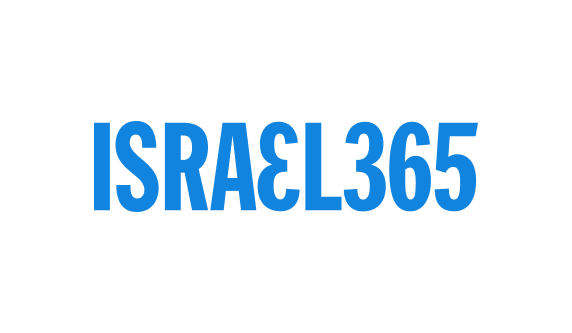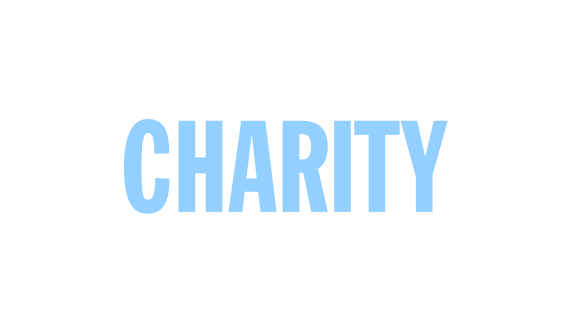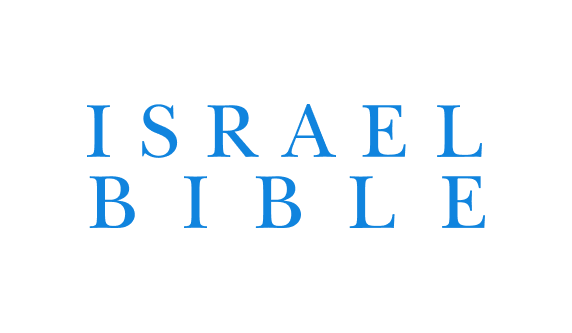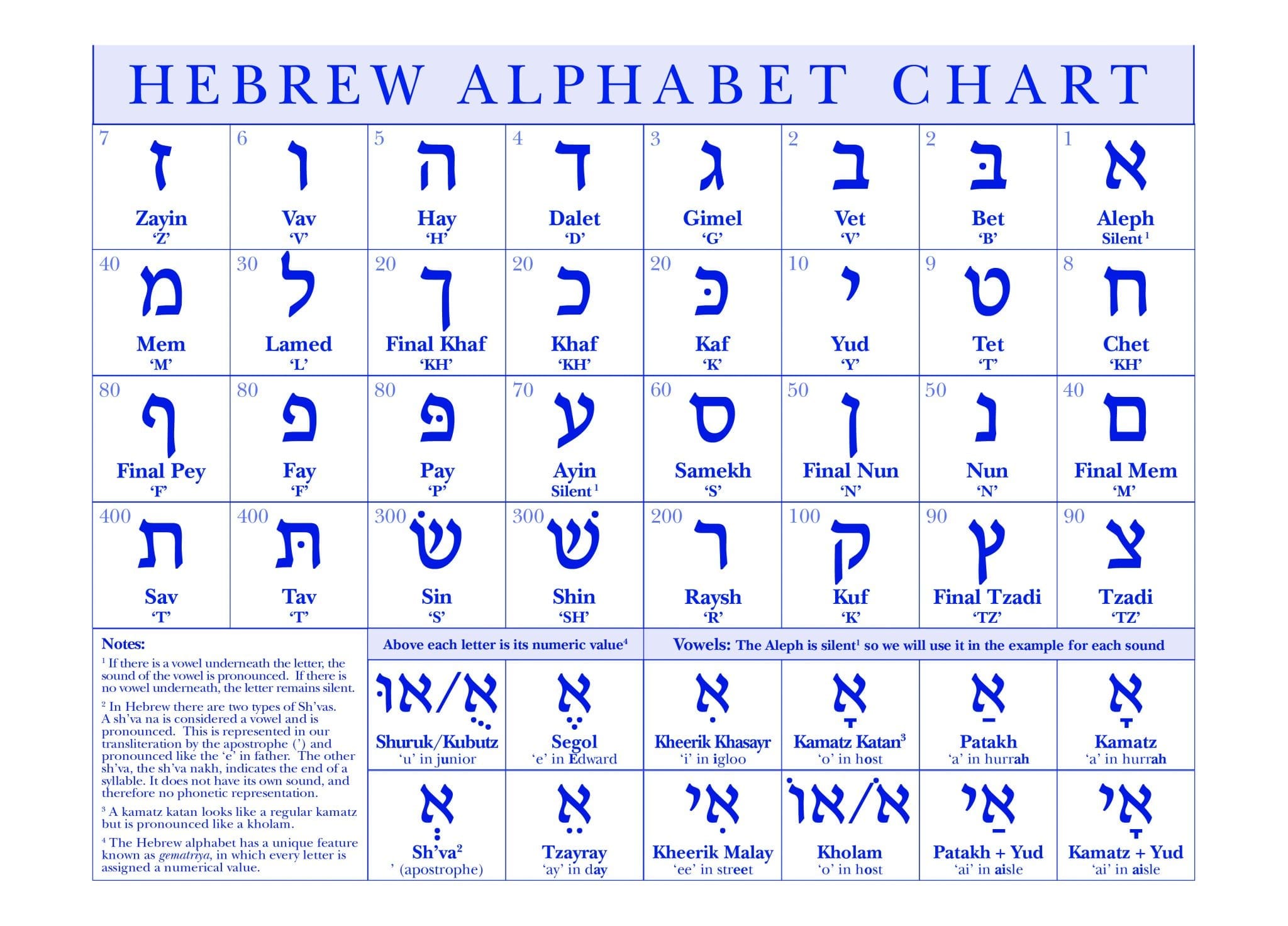A Revolutionary Approach to Bible Transliteration:
The Bible, with its rich history and profound teachings, has been translated into thousands of languages. However, the understanding of its text is often linked to its original language, Hebrew. For those unable to read the ancient Hebrew script, a new, ground-breaking approach has emerged. Using artificial intelligence (AI) and a unique set of transliteration rules, we have created a native translation of the Biblethat strives to be the most accurate and most complete version ever published online.
The Challenge of Reading Hebrew
The Hebrew Bible, consisting of texts that are thousands of years old, contains nuances and complexities that can be lost in translation. The challenge of conveying the original meaning, especially considering the cantillation marks and various stress elements in Hebrew, can be overwhelming.
For non-Hebrew speakers or readers, comprehending these layers of meaning without understanding the native language is nearly impossible. Sadly, the richness of the original biblical text remains inaccessible to most Bible lovers.
A Unique Transliteration: Bringing Hebrew Closer
Recognizing this challenge, a new method has been developed using human-curated rules and artificial intelligence to make the Hebrew text more accessible to non-native speakers. This unique transliteration involves a set of rules crafted by linguists, theologians, and computer scientists working together.
- Cantillation Marks: These are marks in the Hebrew text that provide insights into pronunciation and interpretation. Through the application of AI, these marks have been carefully considered in the transliteration process.
- Stress Elements: Hebrew contains various stress elements that affect pronunciation and meaning. The transliteration takes these into account, preserving as much of the original language’s intent as possible.
The Transliteration Rules Used by Israel365
Israel365 undertook an ambitious project to transliterate the Hebrew Bible using human-curated rules with AI technology. The process involved a complex set of rules to represent the Hebrew characters in English while maintaining the original pronunciation and emphasis. Here are the detailed rules that were used:
Letters
Letters were transliterated based on the chart below:
* When the letters א (aleph) or ע (ayin) are followed by a vowel, only the vowel is represented in the transliteration. If they are not followed by a vowel, they are ignored and not represented in the transliteration.
Vowels
| Name of Vowel | Hebrew Vowel | English Transliteration | Pronunciation |
| Kamatz | אָ | a | as in hurr**ah** |
| Kamatz katan | אָ | o | as in h**o**st |
| Patakh | אַ | a | as in hurr**a**h |
| אָי\אַי | ai | as in **ai**sle | |
| Segol | אֶ | e | as in **E**dward |
| Kheerik malay | אִי | ee | as in str**ee**t |
| Kheerik Khasayr | אִ | i | as in **i**gloo |
| Tzayray only | אֵ | ay | as in d**ay** |
| Tzayray followed by a Yud | אֵי | ay | as in d**ay** |
| Kholam | אֹ | o | as in h**o**st |
| Kubutz\Shuruk | אֻ\אוּ | u | as in j**u**nior |
| Sh’va Na | אְ | apostrophe* |
* Explanation for Sh’va Na: the apostrophe only applies to a shva na’ which is vocalized, not a shva nach, which is not vocalized, see below for more details.
Shva na’ and Shva nach
Shva na’ and shva nach are two terms used to describe different types of Shva vowels (2 small dots below a letter like a “:” ) in the Hebrew language. These distinctions are important for understanding the pronunciation of Hebrew words.
- Shva Na’ (Shva Mobile or Moving Shva): A Shva Na’ is a pronounced Shva. It is usually vocalized with a short ‘eh’ sound, similar to the English word “the.” It is found in specific grammatical situations and is sometimes referred to as the “moving Shva” because it is a voiced sound.
- Shva Nach (Shva Quiescent or Resting Shva): Shva Nach is a silent Shva. It is not pronounced and serves as a placeholder in the word. The Shva Nach is sometimes referred to as the “resting Shva” because it does not have a voiced sound.
Here is how you tell between a shva na’ and shva nach
Rules for shva na’ which is vocalized and is represented as an apostrophe, when the following is true:
- At the beginning of a word, example גְבול (g’-vul)
- is a diacritic in the middle a letter), example מפְּני (mi-p’-NA)
- Under the first of two consecutive letters which are the same, example, הלְלו (ha-l’-lu)
- The second of two שואs in a row, example וַיִשְ**מְ**עו (va-yish-**m’**-u)
- After one of the following vowels: אָ, אֵ, אִי, אֹ, אוּ
* exception to the shva na’ rules: a שוא that follows a וּ at the beginning of a word is a shva nach and not a shva na’, example וּליעקב should be transliterated **ul-ya-a-kov** not u-l’-ya-a-kov
Rules for a shva nach which is not vocalized
Shva nach follows one of the following vowels: אַ,אֶ,אִ,אֻ, קמץ קטן , examples: מִדְיָן (mid-YAN), וַיַּשְׁחִיתוּ (va-yash-KHEE-tu)
- The first of two שואs in a row, example וַיִ**שְ**מְעו (va-yi**sh**-m’-u)
Syllable
Use these syllable rules for transliteration:
- Each syllable should be separated by a dash.
- Shva na’ is considered its own syllable.
- The syllable that is emphasized, defined by the emphasis rules, should be written all in capital letters.
Emphasis Rules
Used the Hebrew cantillation to add emphasis, as detailed above, including specific exceptions and the representation of the Tetragrammaton.
Maqaf or Hyphen
When there is a Maqaf (־) between two words, treat them as two separate words, not a single word. Each word should be transliterated independently.
The Role of Artificial Intelligence
AI has played a crucial role in this transliteration process. By analyzing vast amounts of data and recognizing complex patterns in the Hebrew text, AI has aided in developing a set of rules that human experts could apply in translating the text.
This method, though innovative, is not 100% accurate. The intricacies of Hebrew, with its rich literary tradition, are vast and complex. However, this AI-driven approach has proven to be the closest to a complete native translation ever to be published online.
Today, it is here for you!
The first native translation of the Bible, driven by a unique transliteration method involving AI, is a monumental step in making the ancient Hebrew texts more accessible to those who cannot read the language. While not entirely flawless, it is a remarkable achievement that brings the text closer to readers around the world.
This translation emphasizes the importance of technology in preserving and conveying the rich heritage of religious texts. By embracing innovation and collaboration, we can open new doors to understanding, connecting us all more closely to the teachings that have guided humanity for centuries.

FROM THE SOURCE
Full text of the Hebrew Scriptures in English and Hebrew with select transliterated verses

ALL ABOUT ISRAEL
Unique Israel focused commentary on every chapter

LEARN Hebrew
Proper Hebrew pronunciation of key biblical names and places

SIMPLE & EASY
The Israel Bible comes with a Hebrew alphabet chart, and additional learning sheets






